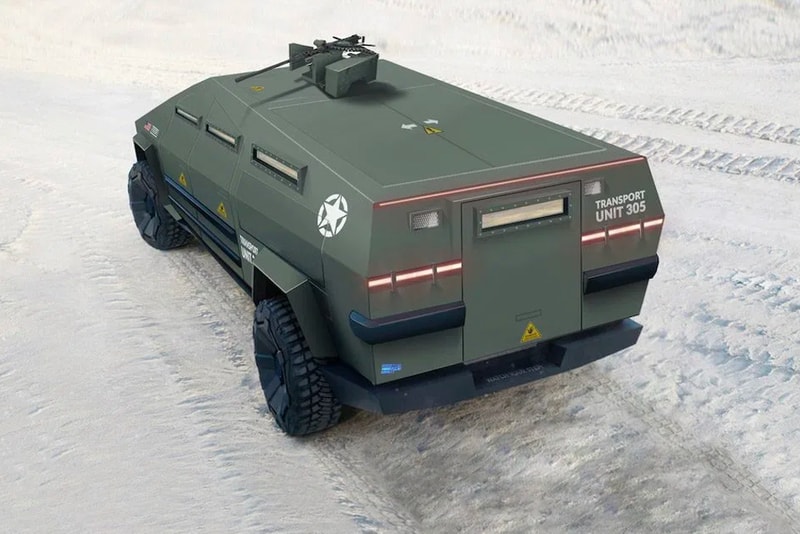SOURCE: RAUNAK KUNDE / NEWS BEAT / IDRW.ORG


The Indian Army is making strides towards eco-friendly transportation with the induction of electric vehicle (EV) platforms for local deployments in major Indian cities. However, challenges remain for border areas due to limitations in infrastructure and charging facilities.
Recognizing the environmental benefits of EVs, the army has begun integrating them for local transport needs within major cities. This shift reduces dependence on fossil fuels and contributes to cleaner urban environments.
Despite the push for EVs, operational realities in remote border areas necessitate continued reliance on older BS-III trucks. The primary hurdles are Remote border regions often lack the necessary charging infrastructure to support widespread EV adoption. Reliable access to electricity for charging EVs can be scarce in these areas.
To bridge the gap between EVs and traditional vehicles, the Indian Army is considering investment in Hybrid Electric Drive (HED) systems. HED systems combine conventional combustion engines with electric motors and batteries. This allows for HED vehicles can utilize both electric and gasoline power depending on driving conditions. This flexibility is crucial for border operations where fuel availability might be limited.
Compared to traditional gasoline-powered vehicles, HED systems offer the potential for significantly lower emissions. While EVs offer environmental benefits in urban areas, HED technology appears to be a promising option for addressing the challenges faced in remote border regions. As infrastructure development progresses and technology advances, the role of EVs in the army’s overall transportation strategy is likely to expand.
NOTE : Article cannot be reproduced without written permission of idrw.org in any form even for YouTube Videos to avoid Copy right strikes. Websites doing illegal reproductions will get DMCA and Legal Notices.